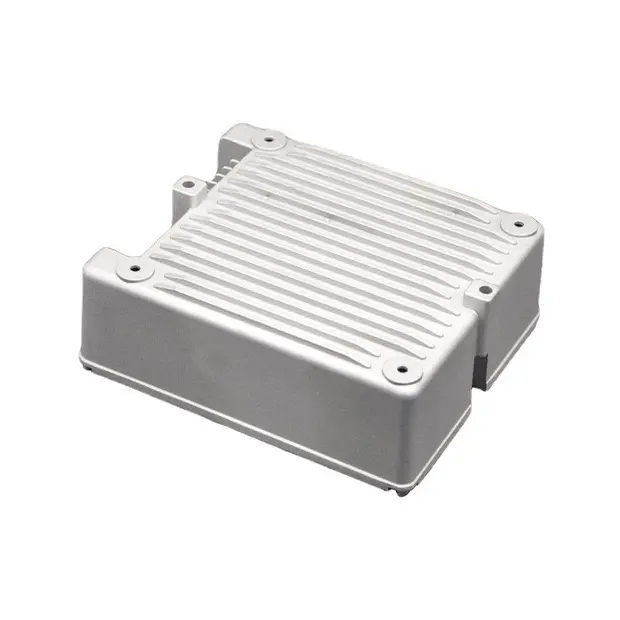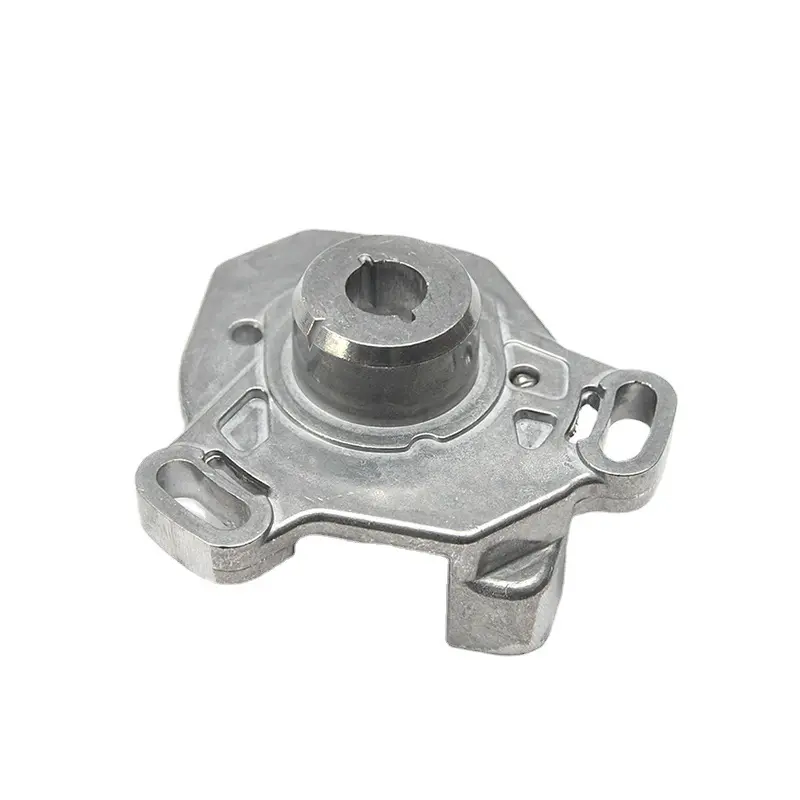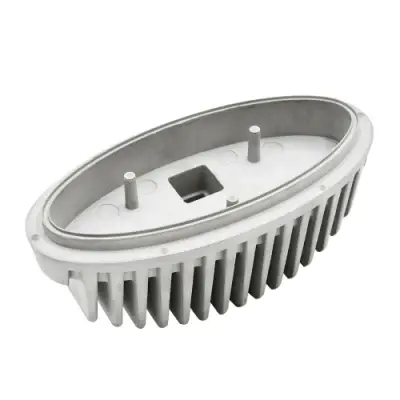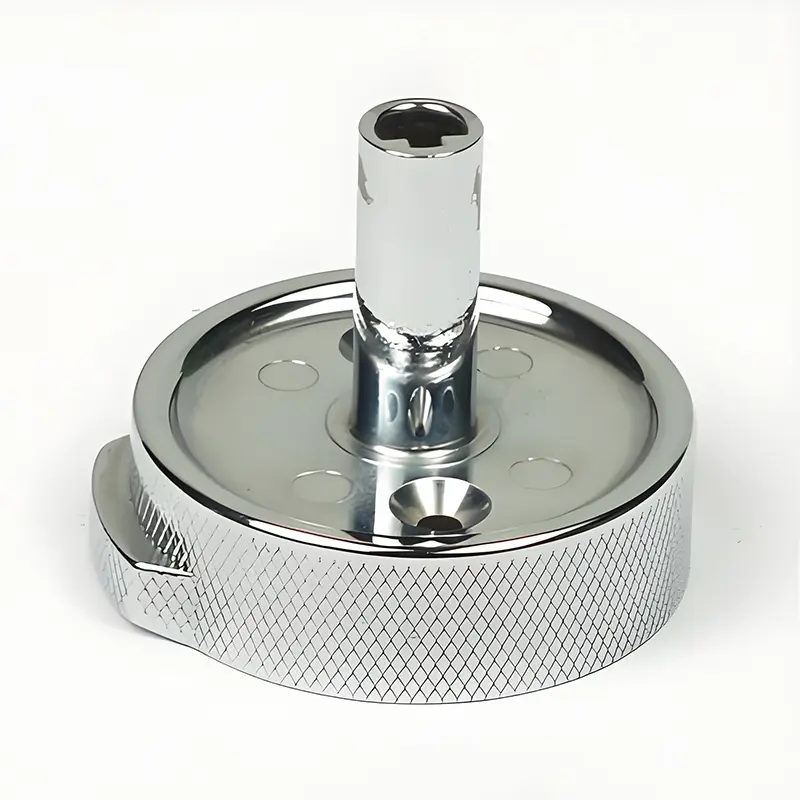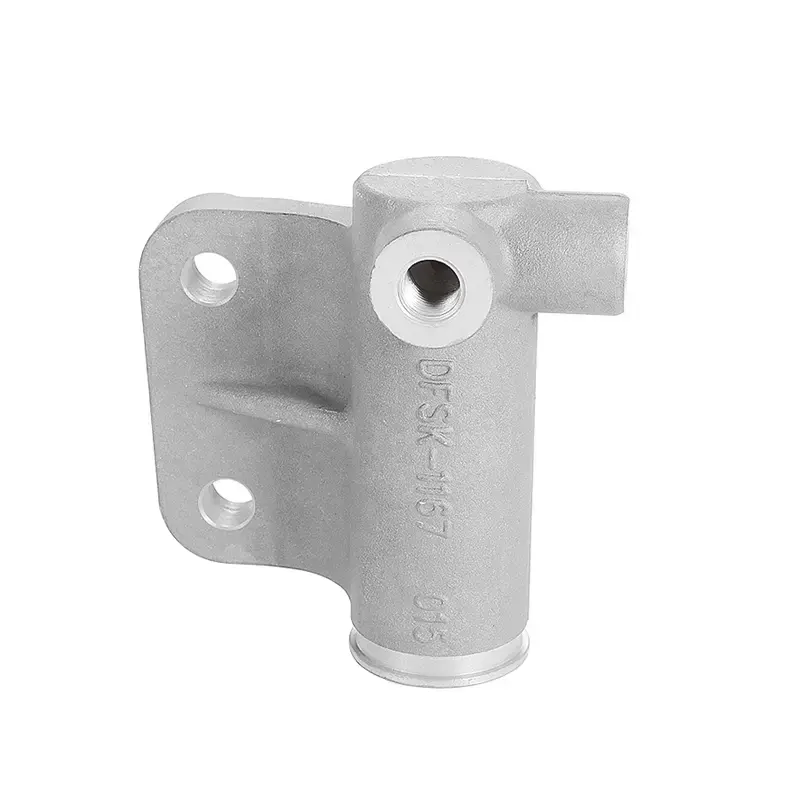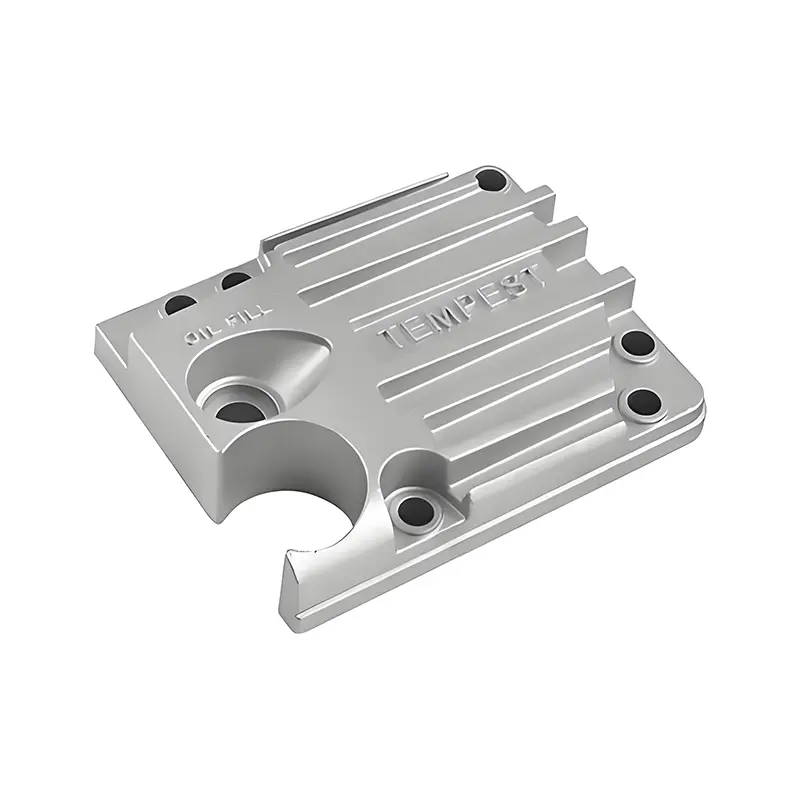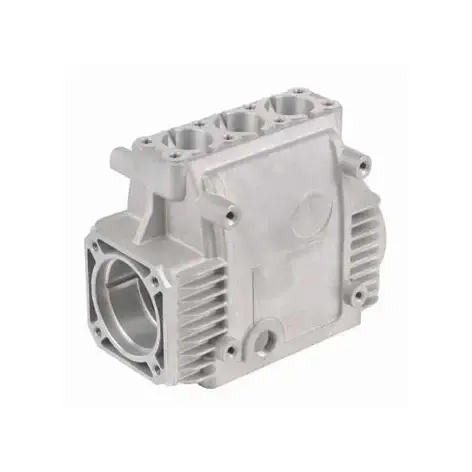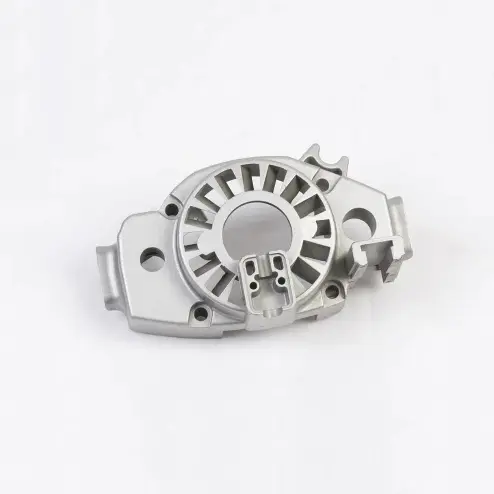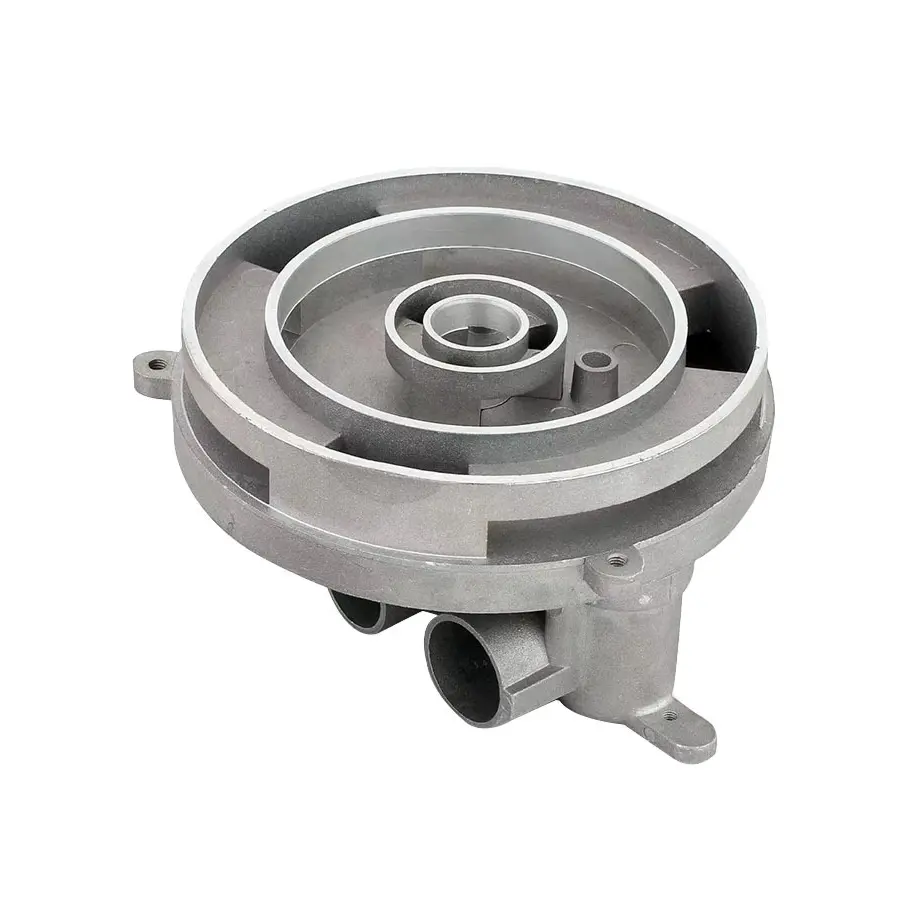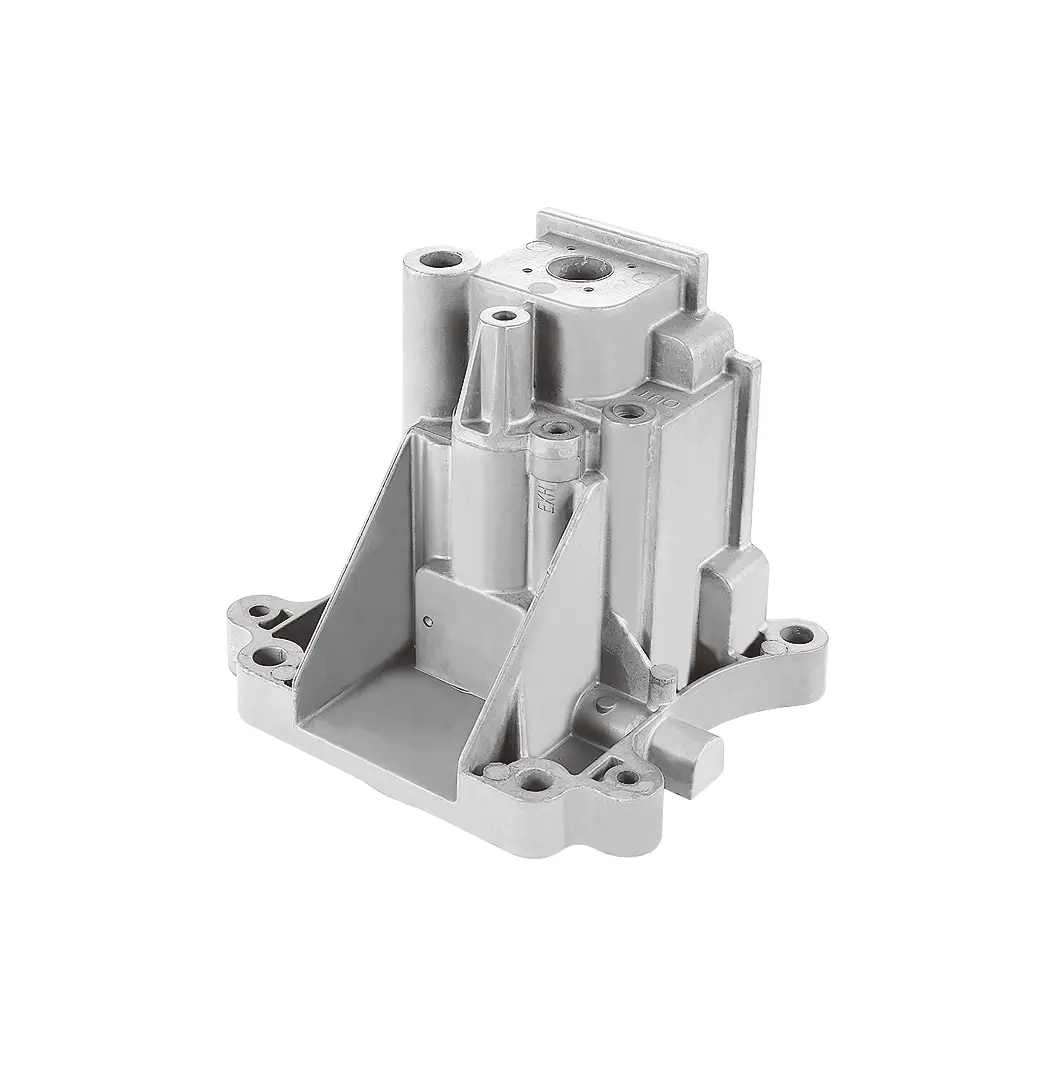 +86-13516964051
+86-13516964051 How to improve the heat dissipation efficiency of aluminum alloy castings in engine cylinders
How to improve the heat dissipation efficiency of Aluminum Alloy Castings in engine cylinders
Introduction
In the field of automobile engines, the engine cylinder is one of the core components, and its performance directly affects the overall performance of the engine. With the continuous advancement of science and technology and the development of the automobile industry, aluminum alloy castings have gradually become the preferred material for engine cylinder manufacturing due to their many advantages. This article will explore in depth how aluminum alloy castings can improve the heat dissipation efficiency in engine cylinders, as well as the material properties and process optimization involved behind it.
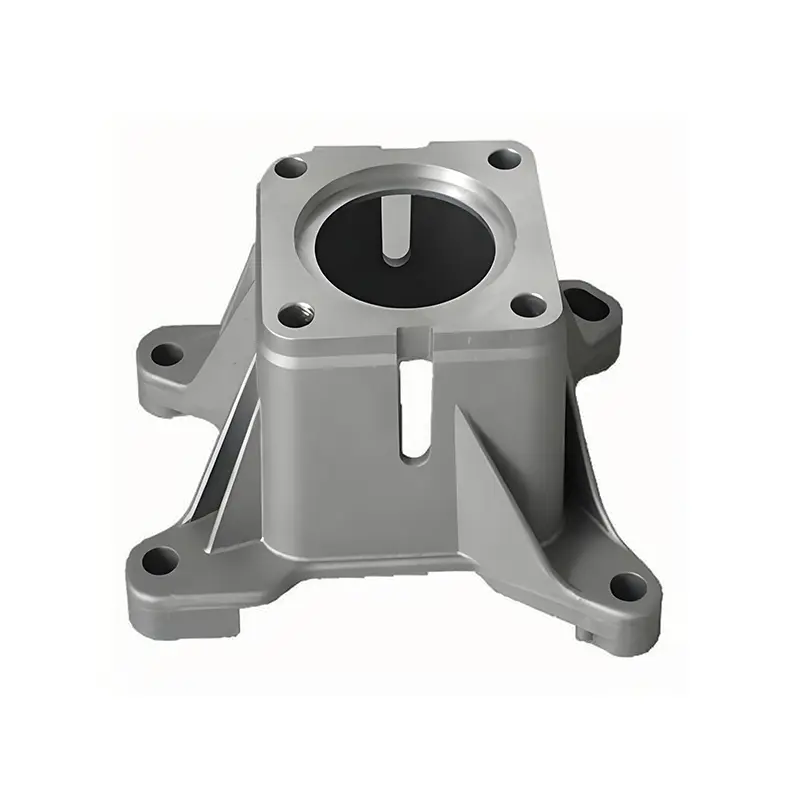
1. Heat dissipation advantages of aluminum alloy materials
High thermal conductivity: Aluminum alloy has a high thermal conductivity, which is much higher than traditional cylinder materials such as cast iron. This means that during the high-temperature operation of the engine, the aluminum alloy cylinder can transfer heat from the inside of the cylinder to the outside more quickly and efficiently, thereby effectively reducing the heat load of the engine, reducing the risk of engine failure caused by high temperature, and improving the reliability and durability of the engine.
Low specific gravity: The specific gravity of aluminum alloy is significantly lower than that of cast iron, which reduces the overall weight of the engine. A lighter engine not only helps improve the fuel economy of the car, but also improves the vehicle's handling performance to a certain extent. It is also conducive to the car's better power output performance on the basis of lightweight, creating favorable conditions for improving heat dissipation efficiency.
2. The impact of process optimization of aluminum alloy castings on heat dissipation efficiency
Low-Pressure Casting process: Low-pressure casting is an advanced aluminum alloy casting production process. It controls the pouring pressure and speed of the molten metal so that the aluminum alloy liquid can smoothly fill the mold cavity, thereby obtaining a casting with dense organization and high dimensional accuracy. The engine cylinder manufactured by the low-pressure casting process has a more uniform and dense internal organization, reducing the presence of defects such as looseness and porosity, which often become obstacles to heat conduction. Therefore, the dense organizational structure is conducive to improving the heat conduction efficiency of the cylinder and enhancing the heat dissipation performance. In addition, the low-pressure casting process can also accurately control the dimensional parameters such as the wall thickness of the casting, so that the heat dissipation surface area of the cylinder is more reasonably optimized, further improving the heat dissipation efficiency.
Mold design and temperature control: In the production process of aluminum alloy castings, reasonable mold design is crucial. By optimizing the structure of the mold and the layout of the cooling system, precise control of the solidification process of the casting can be achieved. For example, the use of local cooling or sequential solidification can effectively avoid problems such as thermal stress concentration and deformation of the casting during the solidification process, and ensure the shape and dimensional accuracy of the cylinder. At the same time, precise temperature control can ensure that the casting obtains a uniform solidification structure during the production process, and improves the stability and consistency of its heat dissipation performance. In addition, the coating treatment on the mold surface will also affect the heat dissipation performance of the casting. Suitable coatings can not only improve the demoulding performance of the casting, but also reduce the heat conduction resistance between the casting and the mold, and improve the heat dissipation effect of the casting.
3. The effect of aluminum alloy composition adjustment on heat dissipation performance
The addition of silicon: Silicon plays an important role in aluminum alloys. The right amount of silicon can improve the fluidity and casting performance of aluminum alloys, and at the same time improve the hardness and wear resistance of the alloy. From the perspective of heat dissipation, silicon grains have good chemical stability and strong hardness, which can enhance the cylinder's resistance to high-temperature deformation, so that the cylinder can still maintain good shape and dimensional stability in a high temperature environment, which is conducive to heat dissipation. However, the content of silicon needs to be controlled within a reasonable range. Excessive silicon content may reduce the thermal conductivity of aluminum alloys, which in turn has an adverse effect on their heat dissipation performance.
Strengthening effect of copper: Copper is one of the common alloying elements in aluminum alloys and has good electrical and thermal conductivity. Adding an appropriate amount of copper to aluminum alloys can form microstructures such as α solid solution, CuAl2 and Si phases, which can significantly improve the strength and hardness of aluminum alloys and enhance the cylinder's resistance to mechanical damage. The addition of copper can also improve the high temperature resistance of aluminum alloys, allowing them to better maintain stable performance when the engine is running at high temperatures. Although copper itself has a high thermal conductivity, its effect on improving thermal conductivity will gradually weaken when its content in aluminum alloys increases to a certain extent. Therefore, it is necessary to comprehensively consider the various effects of copper content on alloy properties and reasonably control its addition amount.
Application of rare earth elements: The addition of rare earth elements can significantly refine the grains of aluminum alloys and improve the microstructure and performance of alloys. For example, rare earth elements such as thulium, lutetium, and erbium can change the crystallization conditions of the alloy, making the grains finer and more uniform, thereby improving the heat dissipation performance and comprehensive mechanical properties of aluminum alloys. The fine grain structure can increase the path and efficiency of heat conduction, which is conducive to the rapid transfer and dissipation of heat. In addition, rare earth elements can also improve the corrosion resistance and high-temperature oxidation resistance of aluminum alloys, extend the service life of the cylinder, and indirectly contribute to the stable performance of heat dissipation performance.

4. Optimization of the design of the heat dissipation structure of aluminum alloy cylinders
Fin heat dissipation structure: The fin heat dissipation structure is a common heat dissipation design method for aluminum alloy cylinders. By designing a large number of fins on the outer surface of the cylinder, the contact area between the cylinder and the surrounding air can be significantly increased, thereby improving the heat dissipation efficiency. When the engine is working, the heat is transferred from the inside of the cylinder to the external fins, and then the heat is dissipated to the surrounding environment by convection and radiation. The shape, size, arrangement and other parameters of the fins have an important influence on the heat dissipation efficiency, so it is necessary to optimize the design according to the specific working conditions and heat dissipation requirements of the engine. For example, increasing the number and area of fins can further improve the heat dissipation effect, but it will also increase the weight of the cylinder and increase the wind resistance. Therefore, it is necessary to balance and weigh the heat dissipation performance and vehicle performance.
Integrated optimization of water cooling circulation system: Modern automobile engines usually use water cooling circulation system for heat dissipation. The combination of aluminum alloy cylinder block and water cooling circulation system can give full play to its thermal conductivity advantages. By rationally designing the shape and size of the water jacket inside the cylinder block and optimizing the flow path and flow rate of the coolant, efficient transfer and dissipation of heat inside the cylinder block can be achieved. For example, the use of a spiral or branched water jacket structure can increase the contact area and time between the coolant and the cylinder wall and improve the heat dissipation efficiency. In addition, the heat dissipation requirements of the engine under different working conditions can be adapted by adjusting the flow rate, temperature and other parameters of the coolant to ensure that the engine always runs within the optimal temperature range.
5. Heat dissipation performance and case analysis of aluminum alloy cylinder block in actual applications
Application cases in the automotive field: Many automobile manufacturers have widely used aluminum alloy cylinder blocks in their engine products and have achieved significant heat dissipation effects and performance improvements. For example, many engines under luxury brands such as BMW, Mercedes-Benz, and Audi all use aluminum alloy cylinder technology. Taking a certain BMW inline six-cylinder engine as an example, its aluminum alloy cylinder block has not only achieved lightweight through optimized design and advanced manufacturing technology, but also has good heat dissipation performance. It can withstand the heat generated under high power output, ensuring that the engine can operate stably under various working conditions, providing the vehicle with strong power output and excellent fuel economy. In addition, some economical cars have also begun to gradually adopt aluminum alloy cylinder blocks, such as Toyota Corolla, Volkswagen Lavida and other models. After adopting aluminum alloy cylinder blocks, the heat dissipation performance of the engine has been significantly improved, and the reliability and durability of the vehicle have also been correspondingly improved.
Application cases in the motorcycle field: In addition to the automotive field, aluminum alloy cylinder blocks are also widely used in motorcycle engines. Due to its small size, high speed, and difficulty in heat dissipation, motorcycle engines have more stringent requirements on the heat dissipation performance of the cylinder block. For example, Honda CBR series motorcycle engines use aluminum alloy cylinders, and are equipped with efficient cooling system designs, such as fin-type cooling structures and optimized water cooling circulation systems, so that the engine can maintain a stable temperature when running at high speed and high load, avoiding power loss and mechanical failure caused by overheating, and improving the overall performance and driving experience of the motorcycle. At the same time, the lightweight advantage of aluminum alloy cylinders also helps to improve the handling flexibility and acceleration performance of motorcycles.
6. Improvement of cooling efficiency of aluminum alloy castings in engine cylinders and future development trends
Integration of intelligent cooling control systems: With the continuous development of automotive electronic technology, intelligent cooling control systems are expected to be combined with aluminum alloy cylinders to further improve cooling efficiency. For example, by installing monitoring equipment such as temperature sensors and flow sensors on the cylinder body, the operating temperature of the engine and the flow state of the coolant are monitored in real time, and the data is fed back to the electronic control unit (ECU). The ECU analyzes and processes these data, automatically adjusts the operating parameters of the cooling system such as the speed of the coolant pump and the speed of the cooling fan, and realizes precise control and optimization management of the engine cooling process. This intelligent heat dissipation control system can not only improve the heat dissipation efficiency, but also reduce the energy consumption of the heat dissipation system, improve the fuel economy and environmental performance of the whole vehicle.
Research and development and application of new aluminum alloy materials: In the future, with the continuous progress of materials science, new aluminum alloy materials will continue to emerge, providing a broader space for improving the heat dissipation efficiency of aluminum alloy cylinders. For example, the development of aluminum alloy materials with higher thermal conductivity, higher strength and better high temperature resistance will help to further optimize the heat dissipation performance and mechanical properties of the cylinder. At the same time, by adopting advanced material preparation processes and surface treatment technologies, such as nanotechnology and coating technology, the heat dissipation efficiency and wear resistance of aluminum alloy cylinders can be further improved, and their service life can be extended.
Multidisciplinary collaborative optimization design: Improving the heat dissipation efficiency of engine cylinders is a complex problem involving multiple disciplines, which requires collaborative optimization design of multiple disciplines such as mechanical engineering, materials science, thermodynamics, and fluid mechanics. In the future, in the research and development and design process of aluminum alloy cylinders, more attention will be paid to the method of cross-disciplinary integration, and the heat dissipation efficiency of the cylinder will be maximized through the analysis and optimization of the overall comprehensive system of the engine. For example, the coolant flow and air flow are accurately simulated and optimized by combining computational fluid dynamics (CFD) simulation technology, and the structural design, material properties, and cooling system layout of the cylinder block are comprehensively considered to achieve the best heat dissipation effect.
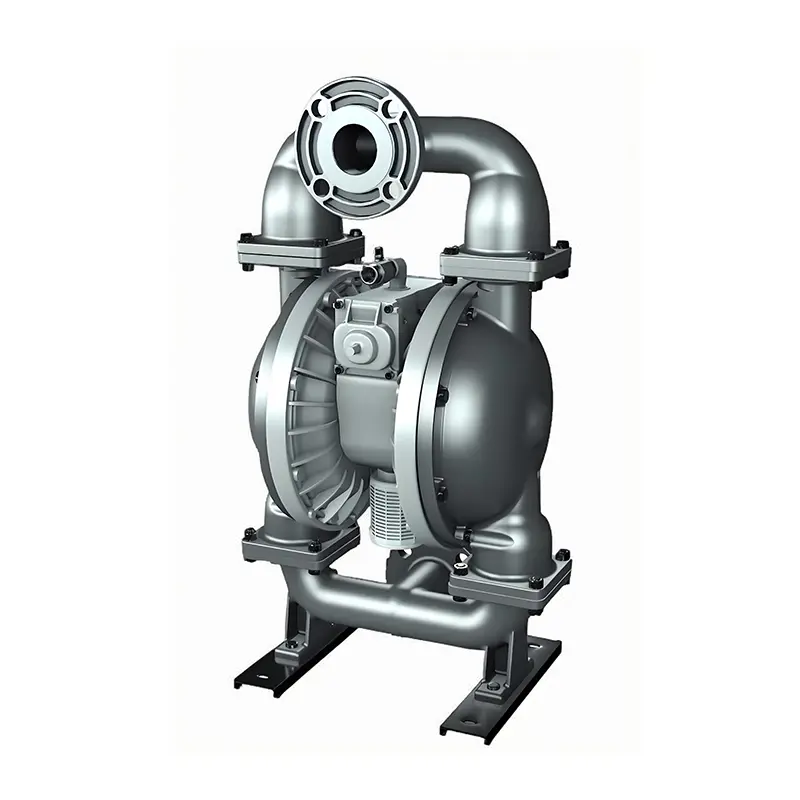
7. Summary
The application of aluminum alloy castings in engine cylinder blocks has brought significant advantages to improving heat dissipation efficiency. Based on its high thermal conductivity and low specific gravity material properties, the heat dissipation performance of the aluminum alloy cylinder block is further enhanced through the comprehensive means of low-pressure casting process optimization, mold design and temperature control, aluminum alloy composition adjustment, and heat dissipation structure design. In practical applications, aluminum alloy cylinder blocks have shown good heat dissipation effects and performance in fields such as automobiles and motorcycles, and have improved and met the heat dissipation requirements under different engine working conditions.
Looking to the future, with the continuous development and application of intelligent technology, new aluminum alloy materials, and multidisciplinary collaborative optimization design methods, the heat dissipation efficiency of aluminum alloy castings in engine cylinder blocks is expected to be further improved, and it will also promote engine technology to develop in a more efficient, reliable, and environmentally friendly direction.








